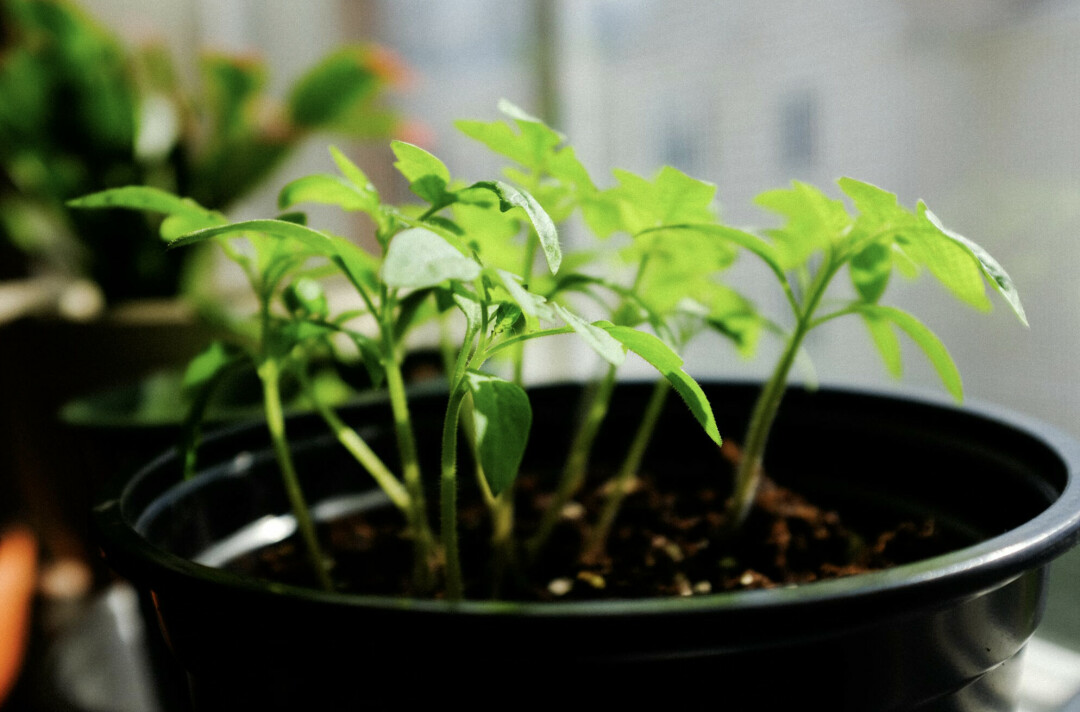Gardening On The Go: Portable Gardens

While homeowners can convert their backyards into beautiful gardens, renting an apartment comes with a different playbook. For the latter, having a garden may seem out of the equation.
Not anymore!
Are you familiar with the term “portable gardens”?
A portable garden is a container of plants, perfect for those with restricted growing space. It's easy to relocate, transition, and manage on the go. It’s ideal for growing edible crops and ornamental plants. These gardens help you get creative as restricted growing space shouldn’t limit what you can grow.
Creating a Portable Garden
While creating your garden on the go, first consider the limited space you have and how compact your plants of choice are. Do a bit of research to ensure that the plants will thrive under portable conditions.
When creating a portable garden, follow these steps:
1. Select Your Plants and Planter
This is the first step in any gardening venture. You should know what you’re planting and where you’ll be planting it. You don’t have any restrictions here; your garden on the go can lay on anything; a wheelbarrow or trolley, you name it!
2. Assemble Your Garden Bed
Form your garden frame and screw together anything that needs screwing. Line up your plants accordingly and ensure you leave some gaps so the soil drains well. If you’re buying a garden that’s already assembled, skip this step.
3. Do the Planting
Prepare your garden bed by filling it with good-quality soil. Spread it out evenly and add your plants gently. Remember, they’ll only grow well when they are planted the right way and are firmly rooted in the soil. If they feel stuck, gently tease the roots.
4. Get Moving
Once you have your plants in order, get moving! Wheel or carry your garden to the ideal spot, preferably, where there’s sufficient light.
Types of Portable Gardens
You’re spoilt for choice when it comes to portable gardens. All you need is your creative thinking cap, a soil container, and your favorite plants. You could decide to go for ornamental plants, those that thrive in clay soil, or even make a herb garden, you choose!
Here are some different types of portable gardens to consider:
• Clay Pots
Albeit common, clay is an attractive and inexpensive option. As the pots are porous, they allow water and moisture to get to your plants easily. These pots are especially ideal for drought-resistant plants.
• Glazed Ceramic Pots
Ceramic pots are as beautiful as their clay counterparts. They are especially good for houseplants. While they hold moisture well, they are fragile and could crack in extreme temperatures.
• Hypertufa
This molded material is similar to rock concrete but it’s light in nature, fun to put together, and porous. It’s best for plants that require a lot of moisture.
• Plastic or Resin
Your plastic garden will be lightweight, weather-resistant- resistant and beautiful. While the garden will retain water well, place it firmly as it could tip over in windy conditions.
• Lined-Hanging Baskets
These containers are attractive and decorative. Line them with replaceable plastic so your soil is not drying out.
• Metal
Metal containers are lightweight, portable, and like plastic, won’t break down with temperature changes. But be careful, metal heats up quickly during summer and will cause the soil to dry out thus needing a lot of moisture.
• Wood
Wood is attractive, and temperature-resistant. As it rots over time, prepare to change the containers as needed.
Tips For Gardens on the Go
Growing a portable is a bit different from gardening on the ground up. As a container has limited soil and root space, it can become either waterlogged or too dry. To ensure your soil is in good condition, use a moisture meter. Compost and vermiculite will help with both drainage and water retention.
Ensuring your plants get enough light is also an important part of the equation. At least 6 hours of sunlight per day is essential but if you don’t have that much sun, it’s best to go for plants that thrive in shady conditions.
Also, plants should fit your container perfectly. If they are too large, they won’t grow properly and will overwhelm the other plants in your container. The good news is that container options are endless. Determine the plants you’ll be growing then research on the best container(s) to purchase. You can also reuse old items found in your home like baskets and upcycled wooden crates to grow your plants. This adds character and charm.
Finally, add wheels and cages to make the most of your portable garden. They will add dimension to an otherwise limited space. A garden that's a little raised will also give your plants better exposure to light and make watering the plants a tad much easier.